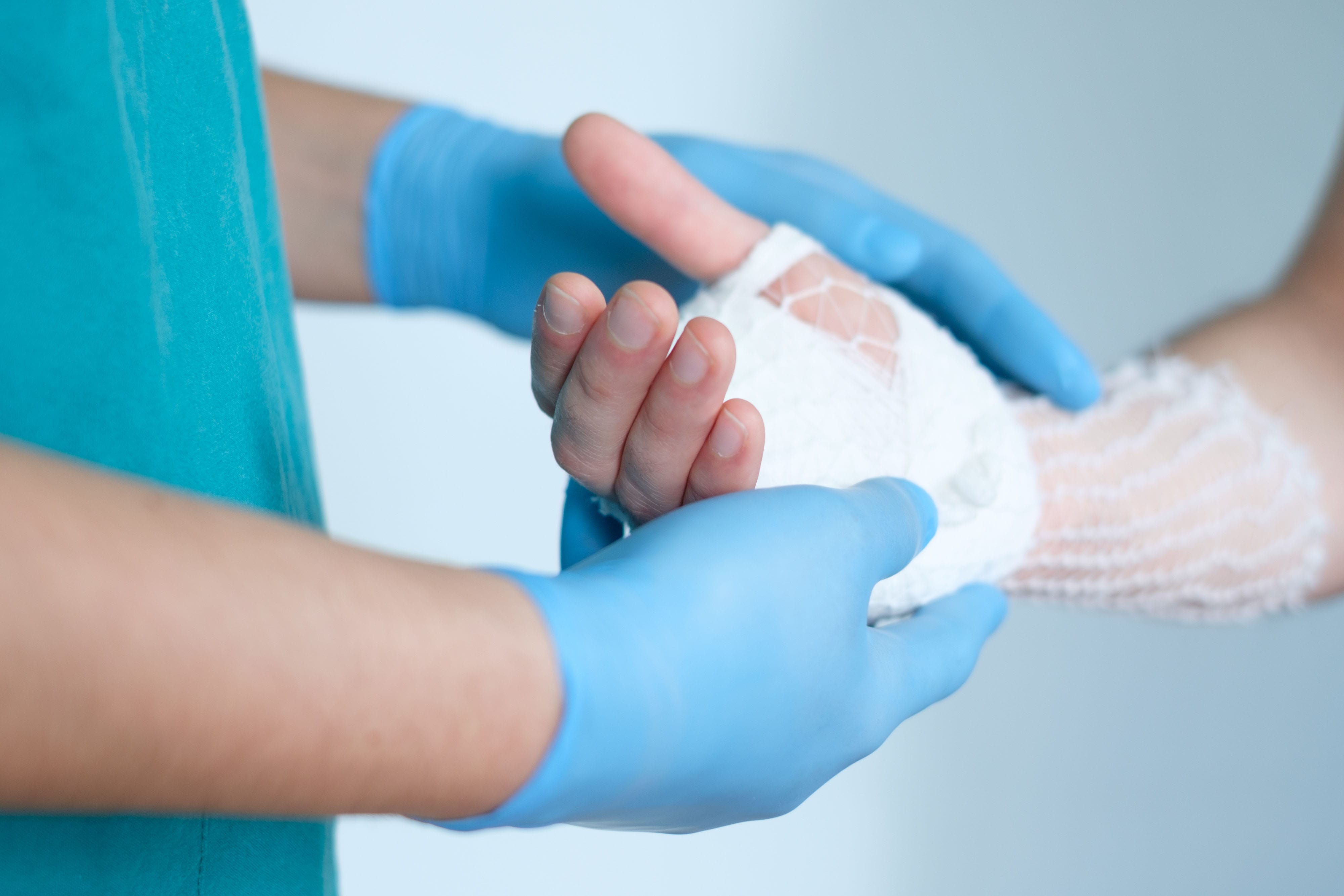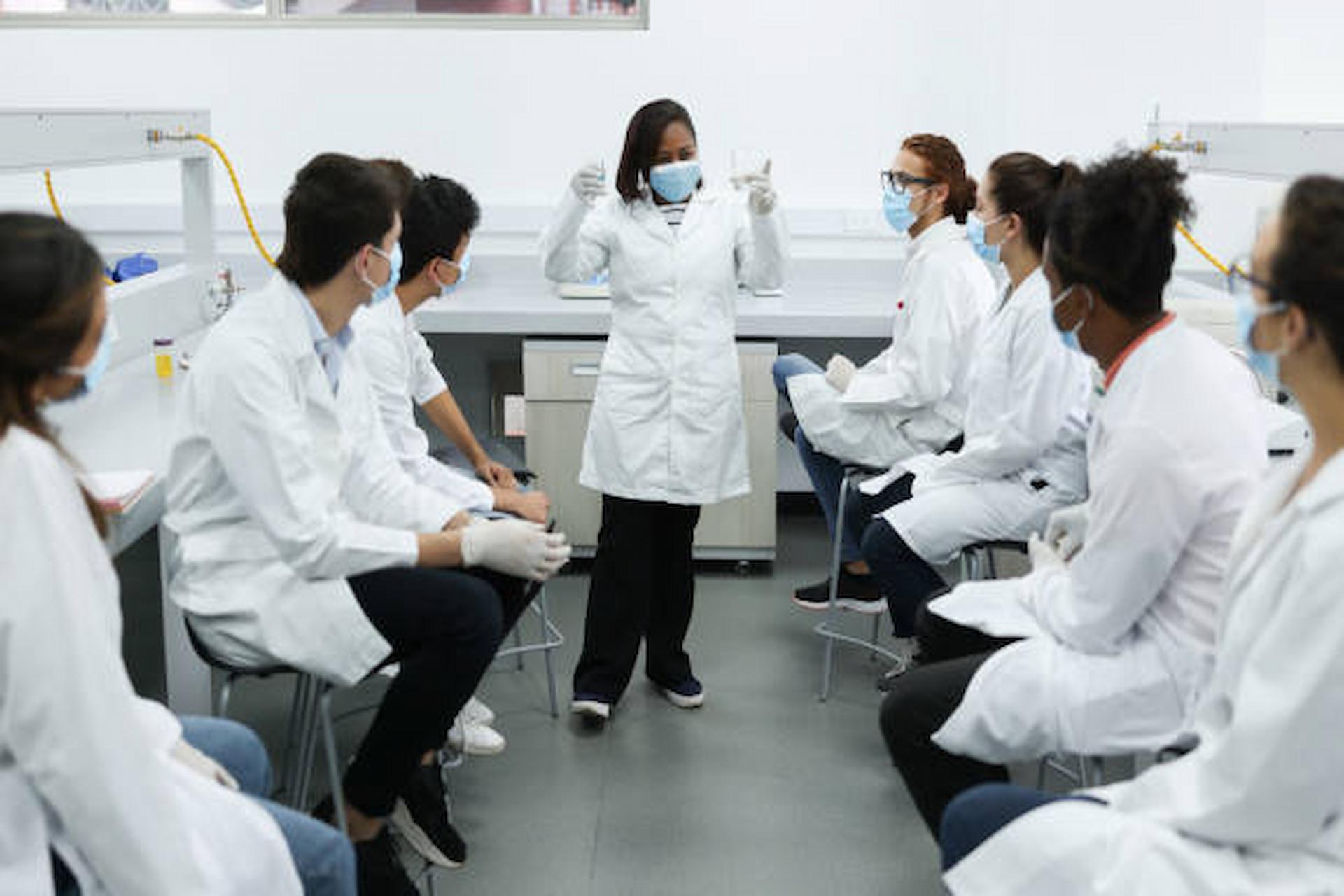It takes some time to heal the incision after the surgery. Wound care treatment in Ludington Michigan not only limits the scarring but also helps in minimizing discomfort or pain and also helps in lowering the risk of infections and other similar issues.
The surgeon may close the incision using either stitches, tape strips, staples or tissue glue. It is important to clean the area and follow the doctor’s instruction while changing the dressing. You should also watch for the signs of infection.
Wound Care Physical Therapy And Risk Of Infection
A therapist offers wound care after surgery can prevent any kind of infection after the surgery.
- The therapist work with the surgeon to know for how long the area should be kept dry.
- The therapist looks for the signs of infection by keeping an eye on the incision.
- The therapist changes the dressing on a regular basis.
Some things a patient should keep in mind:
- Never rub or scrub the incision.
- Never remove the tape strips from the incision.
- Never use powder or lotion on the incision.
- Never expose the incision to sunlight.
- Always keep the incision dry while taking a bath.
What should not cause concern?
Tenderness, soreness, numbness, tingling, and itching is pretty common around the incision. Bruising, oozing and formation of a small lump should also not cause any concern.
What are the Signs of infection?
When you are receiving wound care treatment in Ludington Michigan, the therapist will look for the signs of infections or any other issue. Still, a patient should be aware of the signs and symptoms of infections. These signs include:
- Green or yellow discharge
- Changed size of the incision
- A changed odor of the incision
- Hardening or redness of the area around the incision
- Fever
- The area is hot to the touch
- Excessive bleeding
- Increasing pain
Changing a dressing
A therapist arranges surgical tape, gauze pads, a plastic bag, a box of medical gloves, and scissors before changing a dressing. After that,
- Put on gloves and after washing and drying hands.
- Remove the old dressing by loosening the tape around it.
- Clean the incision and look for the signs of infection.
- Place a clean, sterile gauze pad over the incision.
- Tape the gauze pad.
- Put the old dressing and other trash in the plastic bag, seal it and throw it.
- Wash your hands.
Cleaning an incision
Here is how a wound care therapist cleans an incision:
- Remove the crust by washing the incision with soap and water.
- Avoid soaking or scrubbing the wound.
- Avoid using hydrogen peroxide, rubbing alcohol or iodine. This not only slows down the healing process but can also cause some harm to the tissue.
- Air-dry and then pat the incision with a fresh and lean towel.
- Reapply the dressing.




